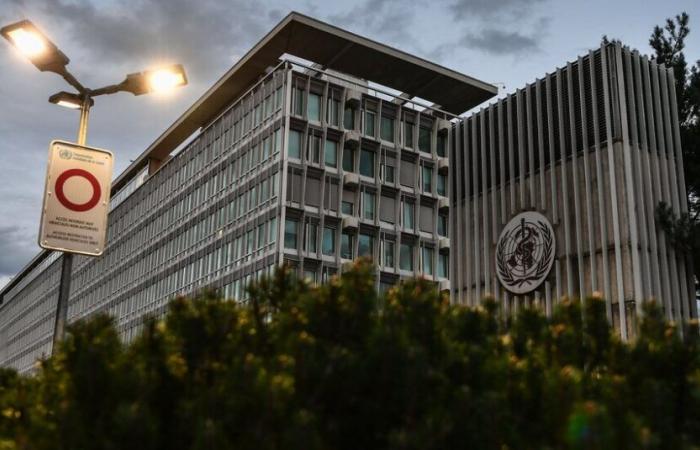Leaving the W.H.O. would mean, among other things, that the Centers for Disease Control and Prevention would have no access to the global data that the agency provides. When China characterized the genetic sequence of the novel coronavirus in 2020, it released the information to W.H.O., which shared it with other nations.
More recently, the W.H.O. has become a target of conservatives over its work on a “pandemic treaty” to strengthen pandemic preparedness and set legally binding policies for member countries on surveillance of pathogens, rapid sharing of outbreak data, and building up local manufacturing and supply chains for vaccines and treatments, among others.
Talks on the treaty broke down last year. In the United States, some Republican lawmakers viewed the agreement as a threat to American sovereignty.
-Lawrence O. Gostin, a public health law expert at Georgetown University who helped negotiate the treaty, said that a United States withdrawal from W.H.O. would be “a grievous wound” to public health but an “even deeper wound to American national interests and national security.”
Founded in 1948 with help from the United States, the World Health Organization is an agency of the United Nations. Its mission, according to its website, is to “confront the biggest health challenges of our time and measurably advance the well-being of the world’s people.”






